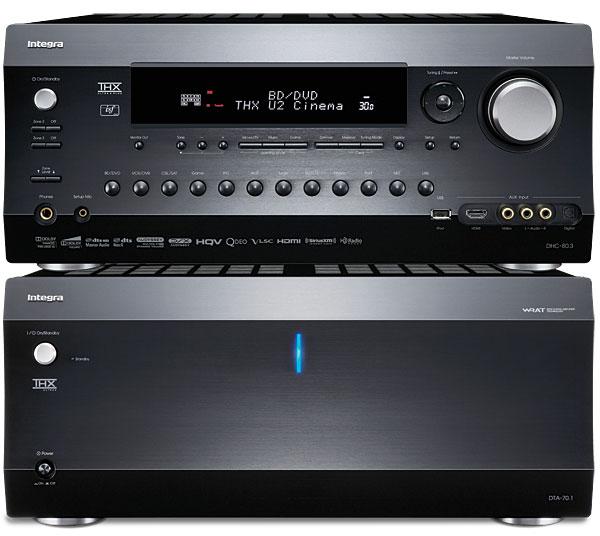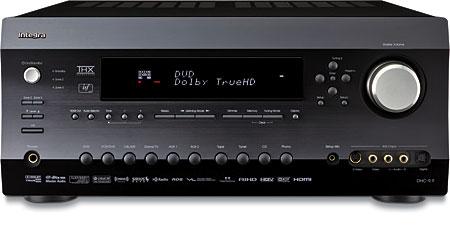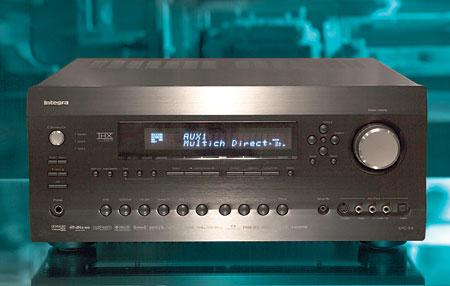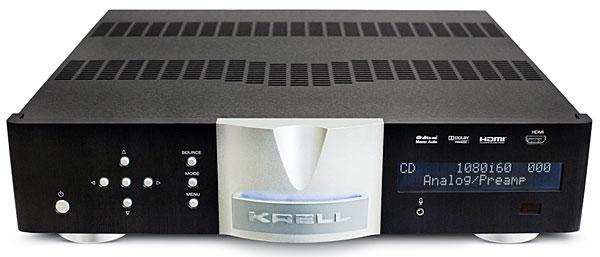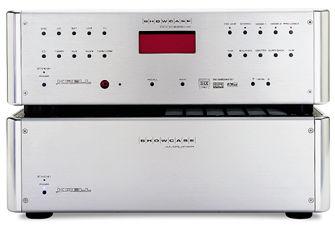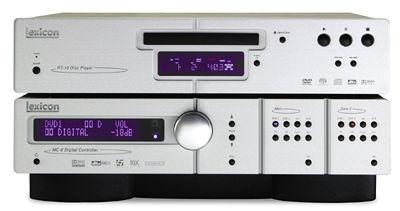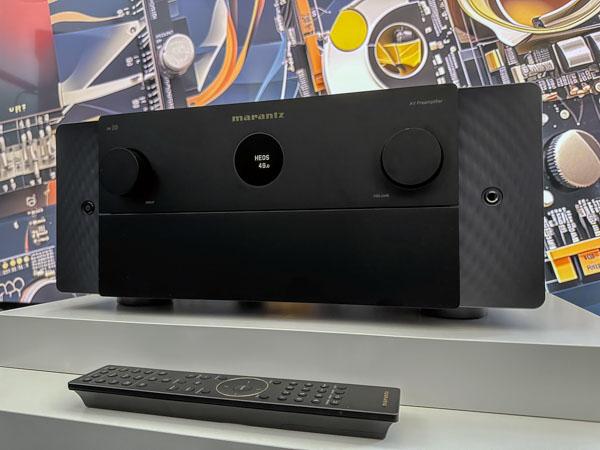Surround Processor Reviews
Sort By: Post DateTitle Publish Date
|
Jul 27, 2009
|
Jun 23, 2015
|
Nov 27, 2013
|
Dec 29, 2011
|
Nov 04, 2002 |
First Published: Nov 05, 2002
|
Nov 07, 2001 |
First Published: Nov 08, 2001
|
Jul 14, 2003 |
First Published: Jul 15, 2003
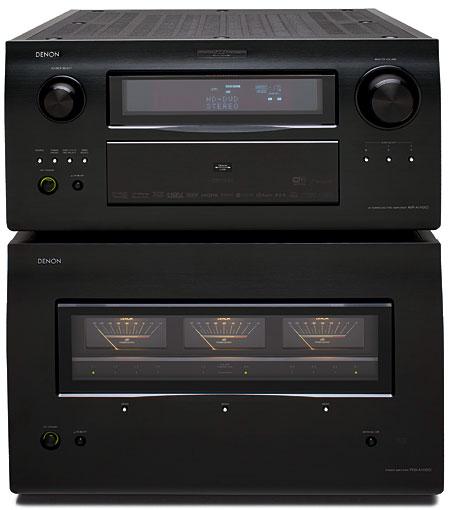



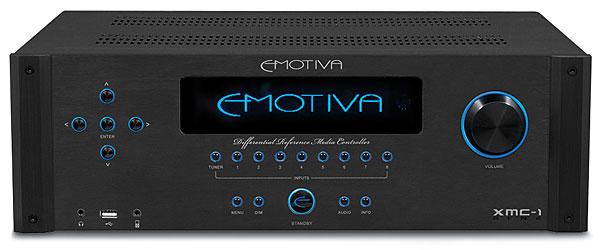
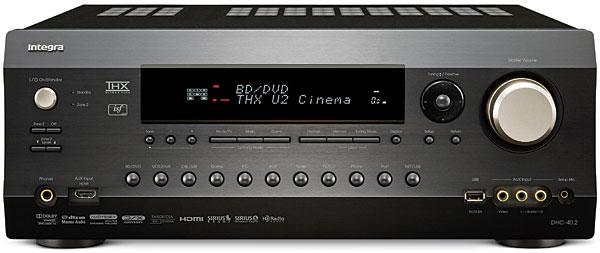
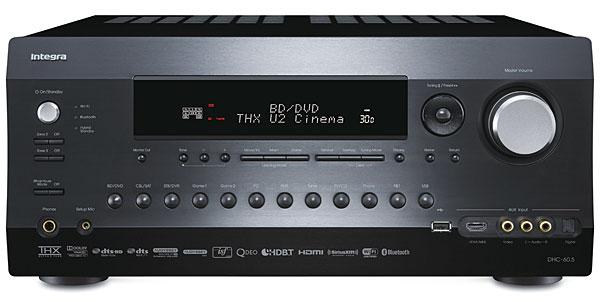
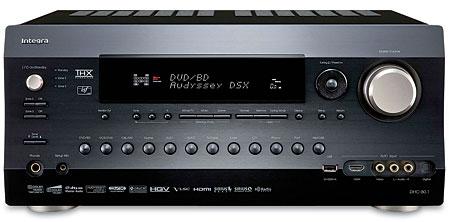
 Price: $2,300 At A Glance: Bleeding-edge surround sound processing includes 9.2 Audyssey DSX • State-of-the-art video processing • Internet and home network streaming
Price: $2,300 At A Glance: Bleeding-edge surround sound processing includes 9.2 Audyssey DSX • State-of-the-art video processing • Internet and home network streaming
